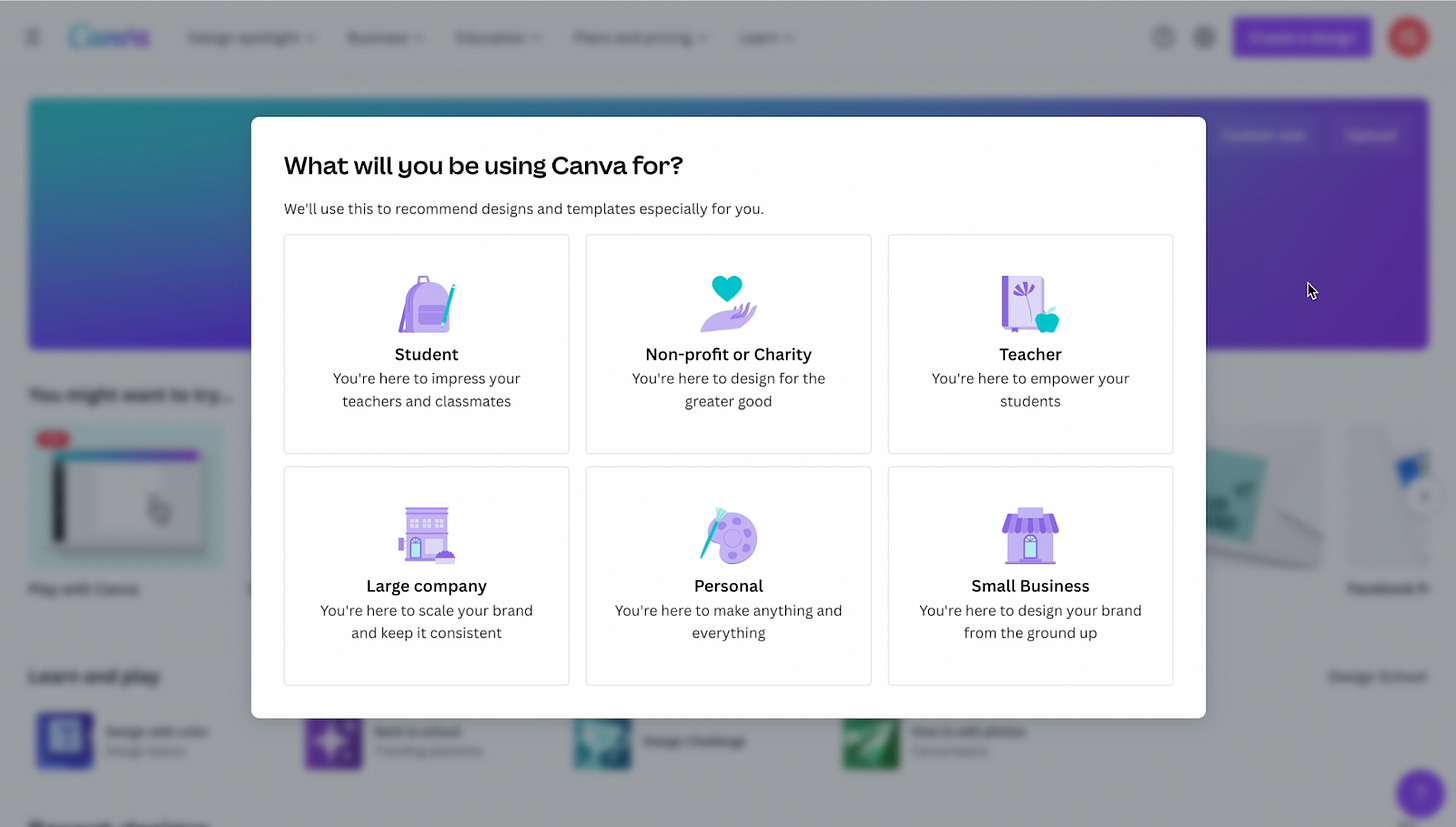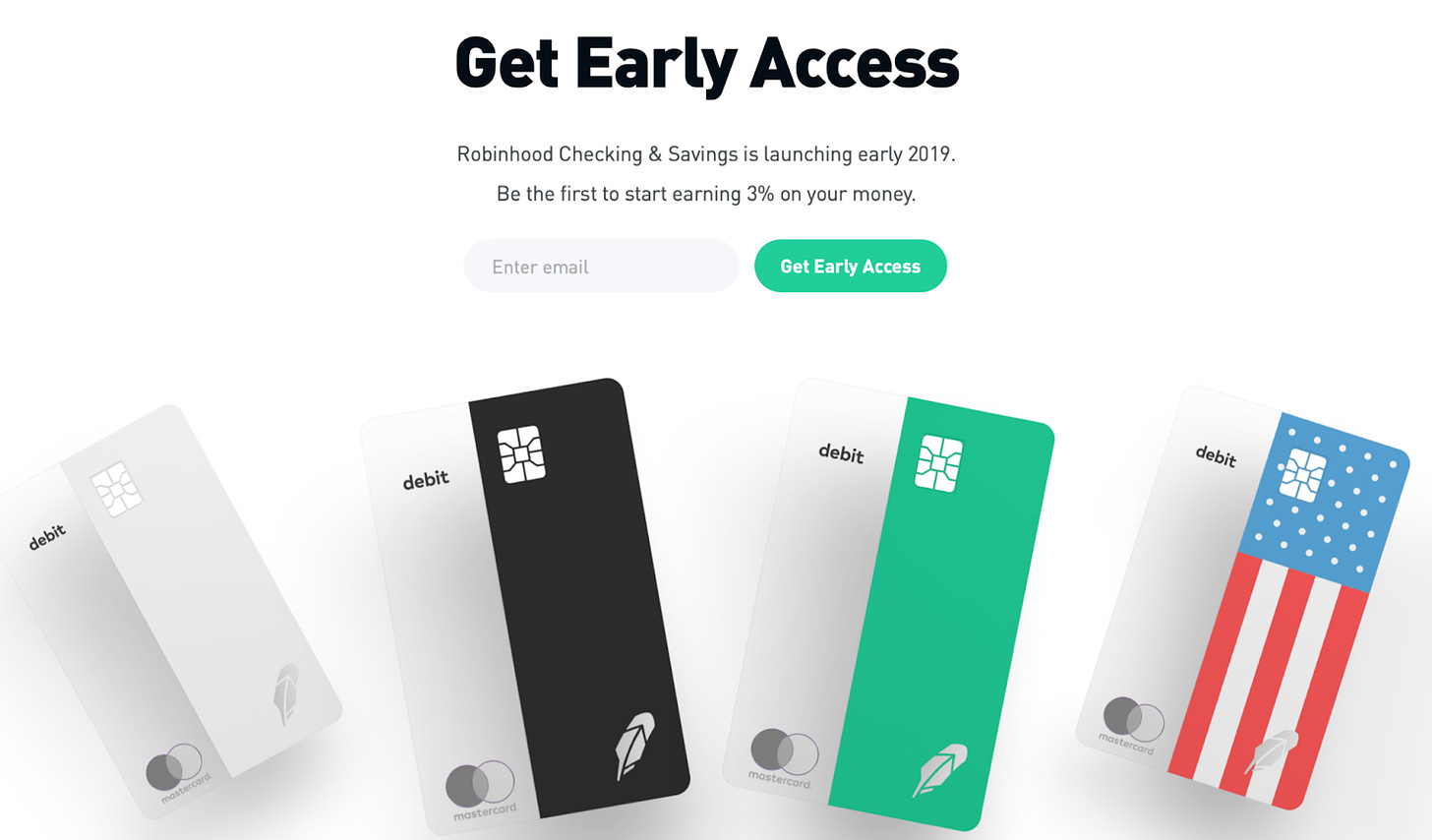You need to add some friction to your growth funnel
A bit of friction in your growth funnel is a good thing. There, I said it. In fact, I will go even further and declare that some amount of friction in this area is great!
One of the biggest misconceptions when it comes to user experience is that we must eliminate as many questions and barriers as possible to be the gold standard. That is a false conclusion. In fact, without even realizing it, most of today’s hottest startups have added friction to their onboarding flows to improve their users’ end-experiences.
When you first sign up at Twitter, the site takes you through a diverse list of celebrities, athletes, and other accounts you may be interested in following, and you then select those you like. Because of this activity, Twitter generates a rich feed of similar content on your first scroll down its homepage. Duolingo, a top language learning app, begins by asking probing questions about why you’re looking to learn a new language. It then assesses your skill level via a very robust onboarding experience, so that by the time you begin, the first lessons are specifically tailored to you.
You would not have found these onboarding experiences on day one of either Twitter or Duolingo. Most startups seek to avoid friction and look to pump their “vanity metrics”, especially signups. It is only later that firms learn that to retain users, the user experience must be personalized to induce their signups to keep jumping back in. This is no different with B2B products, service-based industries, or any other type of startup. Friction is great and I’m here to show you the types of friction to consider, how to straddle the fine line between frictionless onboarding and excessively-time-consuming onboarding, and the propensity metrics you will need to track.
Types of friction
There isn’t a manual that will show you where to add friction to your onboarding flow and growth funnel. Instead, this process involves exhaustive testing to perfect. To start, there are a few major types of friction to consider implementing:
Question based
Setup based
Waitlist based
Below are some examples of how both startups and mature companies leverage friction to improve their users’ experience and north-star metric:
Example onboarding question from Canva. Image courtesy of Canva.
Canva, a graphic design platform that’s experienced explosive growth over the last few years, asks questions about why a user is signing up. Are they a student? A corporation? This data allows Canva to pre-load the right templates that a student would find useful (presentations, study templates, etc.) versus what a corporation would need (posters, social media, etc.). What at first appears to be a simple onboarding question likely took multiple rounds of growth tests to perfect.
Outside of the onboarding experience, added friction in the form of questions can help startups with growth pillars such as lifecycle and retargeting. Keeping with the same example, now that Canva understands that user X is a student, they can retarget that user with ads centered around improving their grades and performance in school with Canva. Similarly, Canva can send out emails tailored specifically to this user who intends to use the product in their role as a student.
Question-based friction is especially vital for B2B startups who are seeking to narrow in on their ideal customers early on. Are they businesses of five employees in the marketing vertical or perhaps a business of 100 employees in the logistics vertical? These types of findings are expedited and can be tracked in the form of revenue per contract and lifetime value for each business vertical that signs. Without these questions that add slight friction, it becomes increasingly challenging to double down on segments that can accelerate business growth.
LinkedIn’s onboarding flow. Image courtesy of UXCam.
LinkedIn has done a phenomenal job with setup-based friction, where they have users add a variety of details about themselves to create their profile. This creates a feeling of satisfaction and users will then desire to add their friends to show it off. The video game industry perfected this type of friction when they required gamers to create their own avatars, customize their vehicles or weapons, and ultimately personalize their unique experience before jumping into the actual gameplay. One example is the game Mario Kart, where you can customize your vehicle’s frame, tires, and glider before ever starting a race. Games like this are a perfect example of how engaging players improves their experience.
Mario Kart’s pre-race flow. Image courtesy of IGN.
If you’ve ever been frustrated about not being able to use a new product because of a long waitlist, there’s a very specific method to this madness. One of the pioneers to the waitlist-based friction strategy is Mailbox, which was an email app from 2013 that launched with a waitlist that had hundreds of thousands on day one. It eventually sold for $100 million to Dropbox very soon after its launch, and credits most of their success to the waitlist. By leveraging a waitlist, Mailbox was able to artificially create scarcity and consumer interest due to the gamifying ability to move up the waitlist by tweeting.
This is probably the most underutilized of the strategies as it requires generating either significant amounts of pre-launch excitement, or a product with an existing user-base that’s launching something new. The stock-trading app Robinhood has leveraged waitlists for new products, such as their Robinhood Card, and employs gamifying tactics similar to those Mailbox used for moving up the waitlist queue. If you plan to use this style of friction, it’s imperative that you have a product eye-catching enough, and with incredible value props, to incentivize users to join your waitlist before even trying.
Robinhood’s Early Access waitlist landing page. Image courtesy of Robinhood.
Balancing friction
You’ve bought into adding friction to your growth funnel, but how do you know when you’ve added the right amount? Obtaining this answer isn’t simple and will involve exhaustive testing to uncover. What comes next will be a delicate balancing act between top-of-funnel conversion loss and your north star metric’s conversion gain.
Let’s take a fitness accessory startup that helps customers monitor their sleep. We’ll assume that one of their north-star metrics is lifetime-value (LTV) of their customers. Essentially, LTV is how long their users stay subscribed to a premium plan. Say the company’s monthly subscription is $10/month and the average user stays subscribed for 7 months, their LTV would be $70 ($10/month x 7 months).
Onboarding friction/LTV tests with blue being the winner. Image courtesy of Jonathan Martinez.
If this startup set out to run five experiments with differing types of added friction to their onboarding flow, it shows how LTV is at its highest when adding a moderate level of friction. Below is a full example of these results:
Example analysis of the friction/LTV tests pictured above. Image courtesy of Jonathan Martinez.
Each experiment starts with 100 users and the “Conversion” column depicts the conversion rate of users that become paid subscribers. In experiment two, a heavy amount of friction is added which results in a low conversion rate and revenue per user of only $10. However, with experiment five there’s a moderate amount of friction added, resulting in 30% of users becoming paid subscribers. These 30% of paid subscribers also stick around the longest and produce $60 of revenue per user resulting in $1,800 total LTV of the 100 users for this cohort.
What’s most important to understand from these experiments is how many users are being lost with the added friction versus the amount of revenue gained by users that are sticking around with a better experience.
How to 10x friction testing
As with any style of growth experimentation, it often takes seemingly endless iterations to continue moving the needle. Finding the right amount of friction can seem like a daunting task, but there are various tools to help supplement efforts. One such tool, UserTesting, provides startups with live videos that show how would-be users interact to both their onboarding experience and product. This helps fill a qualitative gap in a world dominated by tools centered around measuring purely numbers and data analytics. Another two data-centric “business intelligence” tools that can speed up test analyses are Amplitude and Mixpanel.
Whichever tools you end up adding to your growth marketing arsenal, always remember that they are only as useful as you make them. It’s important to set these tools up correctly with the appropriate data feeds, filters, and inputs to ultimately gain the correct insights from them. I’ve written an entire column on how to properly build a growth marketing tech stack which delves much deeper into the issue of how all these tools come together.
Remember, it is important to partake in the dance of finding the right amount of friction for your startup and your users will thank you for a better experience, while you will reap the rewards of faster startup growth.









